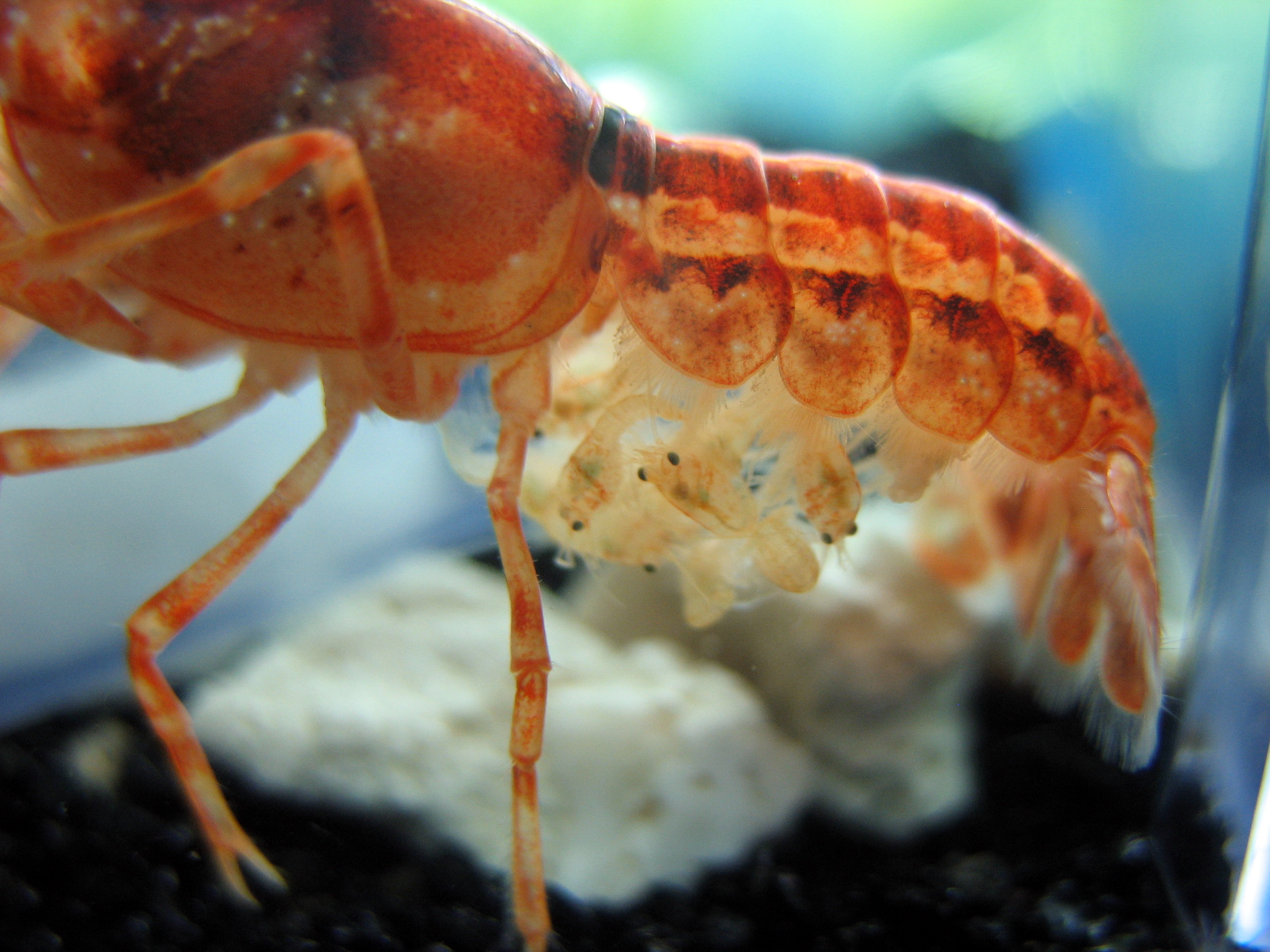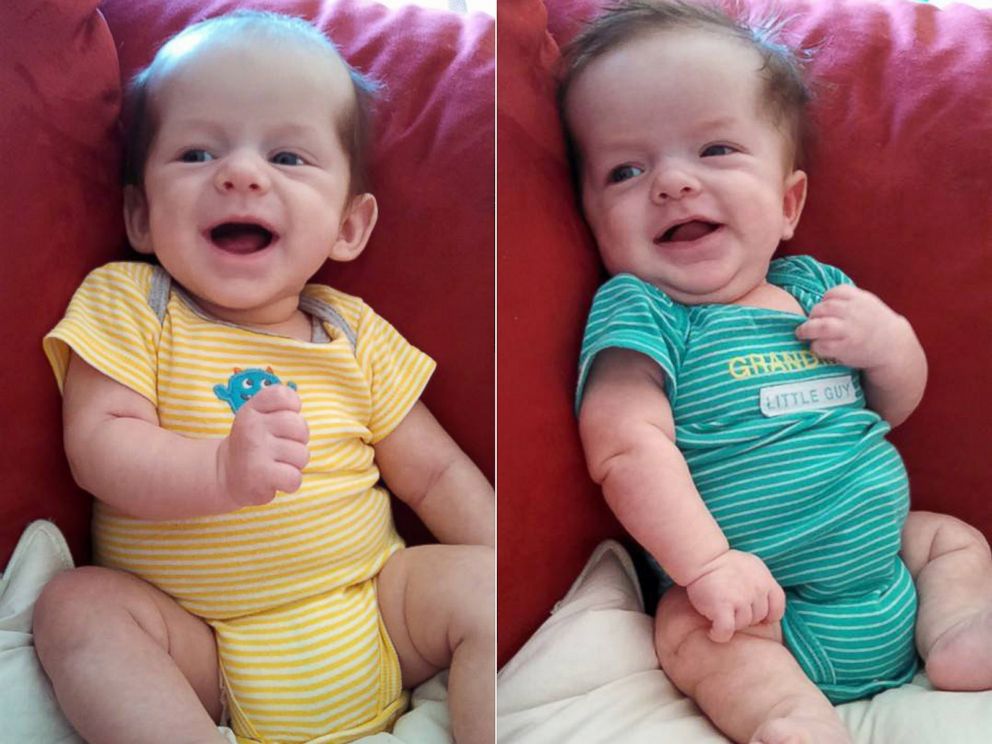When a baby is born with dwarfism, it brings a unique set of circumstances for both the child and their family. Dwarf babies at birth are typically identified through specific physical characteristics that set them apart from typical newborns. Understanding these characteristics and the underlying causes can help parents and caregivers navigate the journey ahead with more confidence and knowledge.
Dwarfism is a medical condition characterized by short stature, which can result from various genetic and skeletal disorders. For families welcoming a dwarf baby, it is essential to recognize that this condition does not define the child's potential or quality of life. With proper medical care, support, and understanding, dwarf babies can lead fulfilling and healthy lives.
This article aims to provide comprehensive information about dwarf babies at birth, covering the causes, diagnosis, treatment options, and support systems available. By delving into the details, we hope to empower families and caregivers with the knowledge they need to make informed decisions for their child's well-being.
Read also:Chad Michael Murray A Journey Through His Life Career And Legacy
Table of Contents
- Biography of Dwarfism
- Causes of Dwarf Babies at Birth
- Diagnosing Dwarfism in Newborns
- Physical Characteristics of Dwarf Babies
- Health Considerations for Dwarf Babies
- Treatment Options for Dwarf Babies
- Support for Families with Dwarf Babies
- Educational Needs for Dwarf Babies
- Long-Term Outlook for Dwarf Babies
- Resources for Parents of Dwarf Babies
Biography of Dwarfism
Dwarfism is a term used to describe individuals with short stature due to various medical conditions. It is primarily caused by genetic or skeletal disorders that affect bone growth and development. While the term "dwarf" may carry social stigma, it is important to approach the condition with sensitivity and understanding.
Types of Dwarfism
There are several types of dwarfism, each with its own set of characteristics and implications. The most common form is achondroplasia, which accounts for about 70% of all cases. Other types include diastrophic dysplasia, spondyloepiphyseal dysplasia, and hypochondroplasia.
Key Characteristics:
- Short limbs disproportionate to the torso
- Large head with a prominent forehead
- Shortened arms and legs
- Delayed motor skills development
Causes of Dwarf Babies at Birth
The causes of dwarf babies at birth are primarily genetic in nature. Most cases of dwarfism are inherited through autosomal dominant or recessive genes. However, some cases occur spontaneously due to new mutations.
Genetic Factors
Genetic mutations play a significant role in the development of dwarfism. For instance, achondroplasia is caused by a mutation in the FGFR3 gene, which regulates bone growth. Understanding the genetic basis of dwarfism can help families assess the risk of passing the condition to future generations.
According to the National Institutes of Health (NIH), approximately 80% of children with achondroplasia are born to parents of average height, indicating that the mutation occurs spontaneously.
Read also:Exploring The Phenomenon Of Nsfw Tiktok Girl A Deep Dive Into The Digital Realm
Diagnosing Dwarfism in Newborns
Diagnosing dwarfism in newborns typically involves a combination of physical examinations, imaging studies, and genetic testing. Early diagnosis is crucial for initiating appropriate care and support for the child and their family.
Diagnostic Procedures
Common diagnostic methods include:
- X-rays to assess bone structure and growth patterns
- MRI or CT scans for detailed imaging of the skeletal system
- Genetic testing to identify specific mutations associated with dwarfism
Early diagnosis allows healthcare providers to address potential health concerns and develop a comprehensive care plan tailored to the child's needs.
Physical Characteristics of Dwarf Babies
Dwarf babies at birth exhibit distinct physical characteristics that differentiate them from typical newborns. These characteristics vary depending on the specific type of dwarfism but often include disproportionate limb length, a large head, and a prominent forehead.
Common Features
Physical traits commonly observed in dwarf babies include:
- Shortened arms and legs
- Flexible joints
- Curvature of the spine (kyphosis or lordosis)
- Delayed closure of fontanelles (soft spots on the skull)
These characteristics are not indicative of the child's cognitive abilities or potential for a fulfilling life.
Health Considerations for Dwarf Babies
Dwarf babies may face certain health challenges that require ongoing monitoring and management. These challenges can include respiratory issues, spinal complications, and hearing or vision problems.
Common Health Concerns
Health considerations for dwarf babies may include:
- Respiratory difficulties due to narrow airways
- Hydrocephalus (excess fluid in the brain)
- Scoliosis or other spinal deformities
- Hearing loss due to ear infections or structural abnormalities
Regular follow-up with healthcare professionals is essential to address these concerns and ensure the child's well-being.
Treatment Options for Dwarf Babies
While there is no cure for dwarfism, various treatment options are available to manage symptoms and improve quality of life. These treatments may include surgical interventions, physical therapy, and supportive care.
Surgical Interventions
Surgical options for dwarf babies may include:
- Spinal fusion to correct scoliosis or other deformities
- Shunt placement for hydrocephalus
- Orthopedic procedures to improve mobility and function
Physical therapy and adaptive equipment can also play a vital role in enhancing the child's independence and overall development.
Support for Families with Dwarf Babies
Families welcoming a dwarf baby at birth may benefit from various forms of support, including counseling, advocacy groups, and community resources. These resources can provide emotional support, practical advice, and connections with other families in similar situations.
Support Systems
Resources for families of dwarf babies include:
- Local support groups for parents of children with dwarfism
- National organizations such as Little People of America (LPA)
- Counseling services to address emotional and psychological needs
Building a strong support network can help families navigate the challenges and celebrate the unique joys of raising a dwarf baby.
Educational Needs for Dwarf Babies
As dwarf babies grow, their educational needs must be carefully considered to ensure they receive an inclusive and supportive learning environment. Schools and educators should be aware of the potential physical and social challenges faced by children with dwarfism and make appropriate accommodations.
Accommodations in Education
Examples of accommodations for dwarf babies in education include:
- Adaptive seating and desk arrangements
- Assistive technology for accessibility
- Peer education and awareness programs
Collaboration between parents, educators, and healthcare providers is essential to create an inclusive and empowering educational experience.
Long-Term Outlook for Dwarf Babies
The long-term outlook for dwarf babies is generally positive, with many individuals leading healthy and fulfilling lives. Advances in medical care, technology, and societal awareness have significantly improved the quality of life for people with dwarfism.
Factors Influencing Long-Term Outlook
Key factors contributing to a positive long-term outlook include:
- Access to quality healthcare and specialized treatments
- Supportive family and community environments
- Advancements in adaptive technologies and accommodations
With the right support and resources, dwarf babies can thrive and achieve their full potential.
Resources for Parents of Dwarf Babies
Parents of dwarf babies can access a wealth of resources to help them navigate the journey ahead. These resources include educational materials, advocacy organizations, and online communities where they can connect with others who share their experiences.
Recommended Resources
Some notable resources for parents of dwarf babies include:
- Little People of America (LPA): A national organization providing support and advocacy for individuals with dwarfism and their families.
- National Organization for Rare Disorders (NORD): Offers information and resources for rare diseases, including dwarfism.
- Genetics Home Reference: Provides detailed information about genetic conditions, including dwarfism.
By leveraging these resources, parents can gain the knowledge and support needed to advocate for their child's well-being.
Kesimpulan
In conclusion, understanding dwarf babies at birth involves recognizing the unique characteristics, health considerations, and support systems associated with this condition. While dwarfism presents certain challenges, it does not define a child's potential or quality of life. With proper medical care, support, and advocacy, dwarf babies can lead fulfilling and meaningful lives.
We encourage readers to share this article with others who may benefit from the information provided. For further reading, consider exploring the resources mentioned throughout this article. Together, we can promote awareness, acceptance, and support for individuals with dwarfism and their families.


